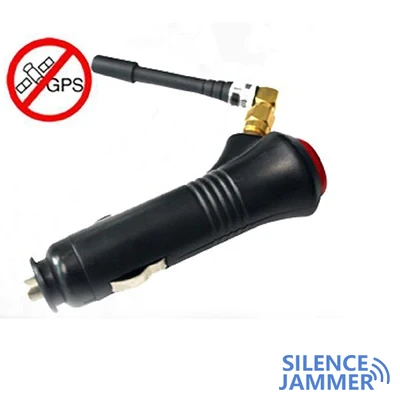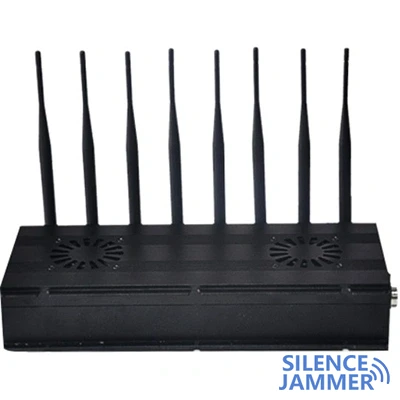With the widespread use of drones (unmanned aerial vehicles), the impact of cellular blockers on drones has also become a topic worthy of attention. This article will explore in detail the potential impact of cellular blockers on drones.
The operation and control of drones rely on radio signals, which include:
- Remote control signal: used to control the flight direction, altitude and other operating instructions of the drone.
- Video transmission signal: used to transmit images and videos taken by the drone in real time.
- GPS signal: used for navigation and positioning to ensure that the drone can fly and return accurately.
Potential impact of cell phone jammers on drones
Interference with remote control signals: The radio waves emitted by cellular blockers may interfere with the remote control signals of drones. If the frequency band of the jammer overlaps with the frequency band of the drone remote controller, the drone may not receive control instructions and then lose control. This may have serious consequences in crowded areas or critical missions.
Interference with video transmission: The real-time video transmission of drones relies on stable wireless signals. If the cellular blocker covers the frequency band of video transmission, it may cause image and video transmission interruption, affecting the operator's real-time monitoring of the drone's surroundings. This is a major safety hazard for operators who use drones for rescue, monitoring and other tasks.

Impact on GPS signals: Although cellular blockers are mainly aimed at mobile communication networks, strong interference signals may also affect the GPS signal reception of drones. Interference with GPS signals may cause drones to lose navigation capabilities and be unable to accurately locate and return. This is particularly dangerous when drones are performing automatic flight missions, which may cause the flight to deviate from the intended trajectory or crash.

In summary, cellular blockers may have serious effects on drones, including interference with remote control signals, video transmissions, and GPS signals, which in turn affect the control, monitoring and navigation capabilities of drones. This impact may pose a serious threat to the safety and mission execution of drones.



